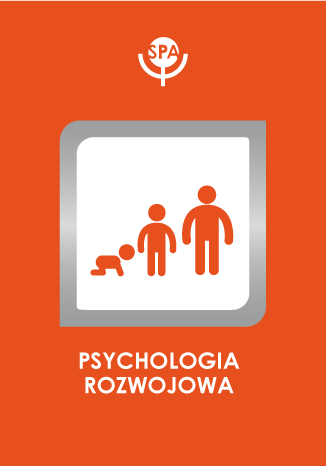Array
(
[id] => 27
[date] => 2014-02-20
[doi] => 10.14691/CPPJ.20.2.191
[title] => Przestrzeń psychologiczna symbolu religijnego u młodzieży
[title_en] => PSYCHOLOGICAL SPHERE OF THE RELIGIOUS SYMBOL IN YOUTH
[authors] => Małgorzata Tatala
[abstract] => In the current study people at the ages of 12 to 24 were examined to fi nd how psychological sphere of religious symbol (the cross) is formed. Since at this age psychological processes undergo a series of important transformations the perception of symbol changes. Thus, the study is of explorative nature and was based on a structural-developmental model of religiousness by Walesa whose model allowed to defi ne eight parameters of religiousness: religious awareness, religious feelings, religious decisions, bonding with the fellowship of believers, religious practices, religious morality, religious experience and forms of profession of faith. Religious mystery was also taken into account as a part of the defi nition. There were 240 participants divided into four age groups: 12, 15, 18 and 24 years. Eight domains of religiousness which refer to the symbol of the cross were determined by ranking method. Moreover, multidimensional scaling allowed to distinguish psychological spheres of symbol as two-dimensional (in 12 year-olds) and three-dimensional (15-, 18- and 24-year-olds). The results show that developmental changes in the perception of the cross are predominantly affected by developments in cognitive processes.
[abstract_en] => In the current study people at the ages of 12 to 24 were examined to fi nd how psychological sphere of religious symbol (the cross) is formed. Since at this age psychological processes undergo a series of important transformations the perception of symbol changes. Thus, the study is of explorative nature and was based on a structural-developmental model of religiousness by Walesa whose model allowed to defi ne eight parameters of religiousness: religious awareness, religious feelings, religious decisions, bonding with the fellowship of believers, religious practices, religious morality, religious experience and forms of profession of faith. Religious mystery was also taken into account as a part of the defi nition. There were 240 participants divided into four age groups: 12, 15, 18 and 24 years. Eight domains of religiousness which refer to the symbol of the cross were determined by ranking method. Moreover, multidimensional scaling allowed to distinguish psychological spheres of symbol as two-dimensional (in 12 year-olds) and three-dimensional (15-, 18- and 24-year-olds). The results show that developmental changes in the perception of the cross are predominantly affected by developments in cognitive processes.
[keywords] => religious symbol, the cross as a symbol, psychological sphere, adolescence, emerging adulthood (18 yrs & older)
[keywords_en] => religious symbol, the cross as a symbol, psychological sphere, adolescence, emerging adulthood (18 yrs & older)
[file_path] => /files/articles/2014-20-przestrze-psychologiczna-symbolu-religijnego-u-modziey.pdf
[okladka] => psychologia_rozwojowa.jpg
[rocznik] => Rocznik: 2014 Tom: 20 Numer: 2
[strony] =>
)










 Pobierz pełny tekst
Pobierz pełny tekst



